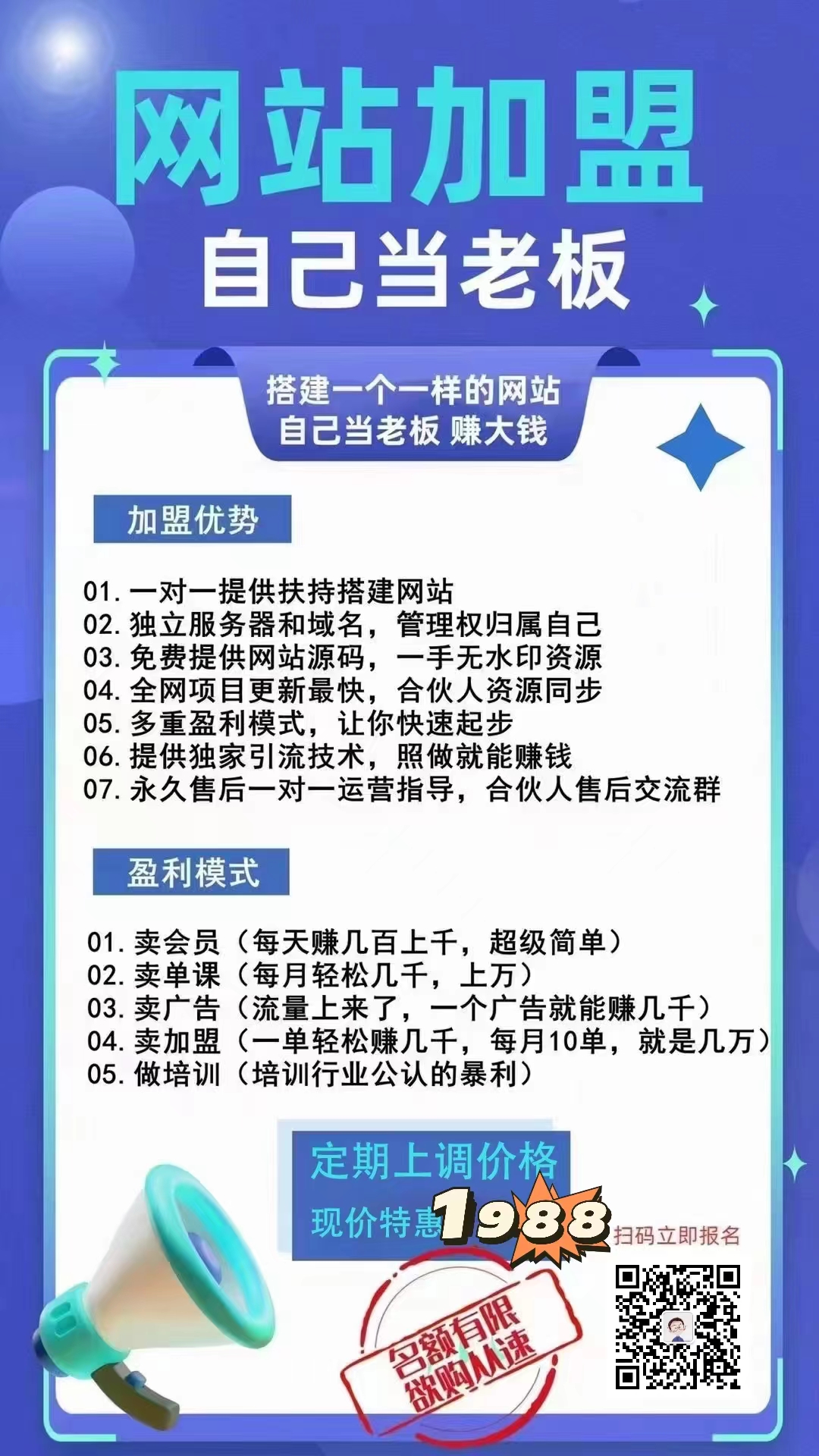1、 基础知识清单 不定式有俩种表现方式,一种是带to的不定式,一种是省略to的不定式。 不定式不能做谓语,但它具有动词的一些特征,如可以带有自己的宾语、状语、及逻辑主语等。它没有人称和数的变化,但有时态和语态的变化。

2、 考点分类剖析考点一:动词不定式的时态
1) 一般式(to do):表示的动作或状态与谓语动词表示的动作同时发生或在其后后发生,如:
E.g. I want to have a holiday as soon as possible. He seems to know the secret.
2) 完成式(to have done):表示的动作在谓语动词表示的动作之前就发生了
E.g. I am sorry to have given you so much trouble.
3) 进行式(to be doing):表示或者强调其动作与谓语动词表示的动作同时发生
E.g. This city seems to be getting more and more crowded.
4) 完成进行式(to have been doing ):表示的动作在谓语动词表示的动作之前已经发生,并仍在进行,而且还可能继续下去
E.g. Tom seems to have been watching TV for a long time.
考点二:动词不定式的语态
1) 当不定式逻辑上的主语是这个不定式所表示的动作的承受者时,不定式要用被动形式(to be done)
E.g. He asked to be sent to work in the countryside.
) 不定式修饰的名词或代词和不定式逻辑上构成主谓关系时,不定式用主动形式,如:
E.g. Have you got a key to unlock the door?
3) 不定式前面的名词或代词与不定式构成逻辑上的动宾关系,但又与该句的主语构成逻辑上的主谓关系的时候,不定式常用主动形式,如:
E.g. I have got a letter to write. He needs a room to live in.
4) 不定式作表语形容词的状语,和句子中的主语构成逻辑上的动宾关系时,不定式多用主动形式,如 E.g. The book is difficult for us to understand.
5) 如果强调句中动作的承受者时,亦可用不定式的被动式,上面的句子可以写成:
E.g. The book is difficult for us to be understood.
考点三:动词不定式的句法功能 由于动词不定式具有名词、形容词和副词的特征,所以动词不定式在句中可以作主语、表语、宾语、定语、状语和补语。
1) 作主语 E.g. To ask him for help is necessary. To ignore this might have serious consequences. 注意:动词不定式做主语时,常用it来作形式主语,把真正的不定式或不定式短语放在后面,如:
E.g. To talk with him is a great pleasure.=It is a great pleasure to talk with him.E.g. Her wish is to become a pop star.She does not seem to like the idea.
2) 作宾语1 常用动词不定式作宾语的有:want、hope、wish、offer、fail、plan、learn、pretend、refuse、manage、help、agree、promise、prefer、afford、ask、decide、except、intend etc.
E.g. ou must learn to look after yourself.
2 若不定式后面有宾语补足语,则用it来作形式宾语,把真正的 宾语放在补足语的后面,如:E.g. I find to work with him interesting.
3) 作定语
1 不定式作定语的时候,须放在被修饰的名词或代词的后面;不定式常和它修饰的词有动宾关系;如果这个不定式是不及物的,它后面必须要有介词.
E.g. There is nothing to think about. We must find a room to live in.
2 不定式用来修饰已经被序数词、最高级或no、all、any等限定的中心词,且与中心词为主动关系
E.g. He was the best man to do the job. She was the first woman to win the gold medal. = I find it interesting to work with him.
4) 作宾补
1 动词不定式在feel、hear、see、watch、notice、observe等感官动词以及have、let、make等使役性动词后面作宾语补足语时,不定式符号要省略;但若是这些句子变成被动语态结构时,就必须带to,如: E.g. I saw him cross the street. He was seen to cross the street.
2 不定式可以和名词或代词构成复合宾语(即“宾语+宾补”结构); 常跟不定式作宾补的动词有:ask、tell、invite、get、advise、allow、want、permit、warn、encourage、prefer、expect、order、wish等;而且有些动词常跟“to be +形容词”构成的复合结构,如think,consider, imagine, prove, understand, find, know, suppose等,如:
E.g. The doctor advised him to have a good rest. We proved the facts to be correct.
5) 作状语1 作目的状语E.g. I got up early in order to catch up the first bus.
2 在某些形容词后面作状语E.g. I am glad to see you again./ Nice to meet you.
3 作结果状语✓ …only to 表示出乎意料的结果
E.g. I hurried to the postoffice, only to find it closed.✓
Too…to… 太……而不能……
E.g. The girl is too young to dress himself✓
当too前有only修饰时,即“only too…to…”,表肯定意义
E.g. I am only too pleased to help you.✓
当too…to…前有表示否定意义的词的时候,表肯定意义
E.g. We are never too old to learn.
考点四:“疑问词+不定式”结构
1) 疑问代词who,what,which 和疑问副词when,where,how等后面加上不定式,构成具有名词作用的短语,可以用作主语,表语和宾语等。
2) 在tell,know,advise,teach,find out,decide,discuss等动词后常用“疑问词+不定式”这一结构 E.g. When to start has not been decided.(作主语) The question is how to put the plan into practice.(作宾语) No one could tell me where to find the book.(作宾语)
考点五:动词不定式省略to的特殊形式
1) 动词不定式在but、other than后面的时候,如果but和other than 前面行为动词do的某种形式的话,那么其后的不定式要省略to(否则要带to)
E.g. He can do nothing but / other than wait. He had no choice but to wait.
2) 在cannot choose but 、cannot help but (只好)、cannot but(只好)、had better、would rather等后面的不定式也要省略to
E.g. I cannot but agree to his terms. I would rather stay than do anything else.








